A good cooler is an indispensable item for your outdoor adventures. Buy the right one, and your drinks will stay cold, your perishables unspoiled, and your ice, well, ice. Coolers come in all different sizes. In this guide I’ll break down which size cooler you’ll need for any trip.
What size cooler you need will depend on how many people are in your party, how many days you’re traveling, and how much food and drink you plan to bring. No matter what type of cooler you get, if you can pre-chill your cooler before leaving, your ice is going to go a lot further meaning your stuff will stay cooler longer.
Related Guides
Best Cooler for Going Light
Mountainsmith Cooler Tube
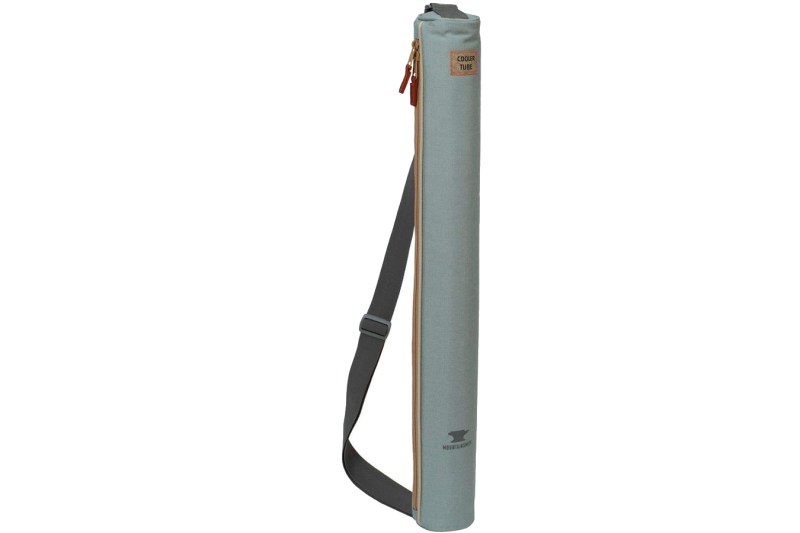
With enough space to hold six cans, this cooler tube is perfect for keeping your drinks cold on the go. Less bulky and awkward to carry than traditional coolers, this bad boy is great for hikes, crag days, or shorter trips.
Best Cooler for Day Trips
RTIC Backpack Cooler
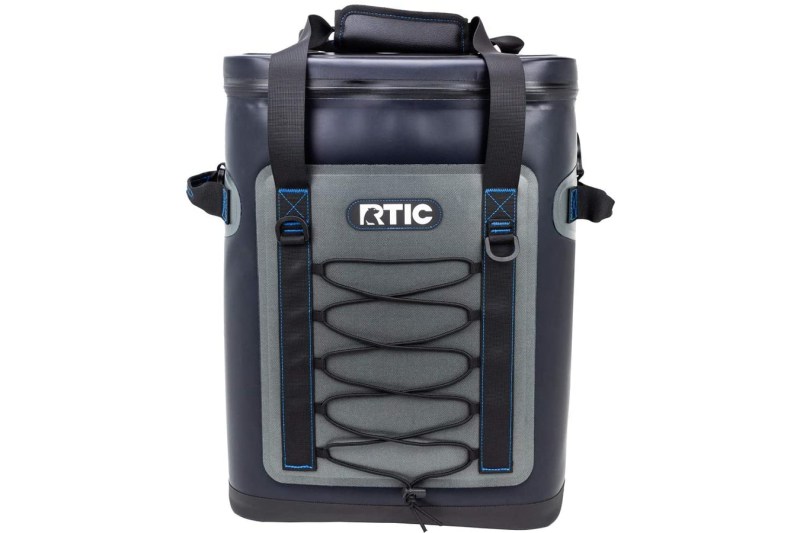
If you’re traveling for a day or less, a backpack cooler is the way to go. Perfect for music festivals, days at the park, or hiking, this cooler is easy to carry and designed for shorter trips. Backpack coolers usually come in a 20-30 can size, perfect for you and your friends’ shorter adventures. To explore all our backpack cooler options, check out our roundup of these awesome backpack coolers.
Best Cooler for Paddling Trips
IceMule Pro
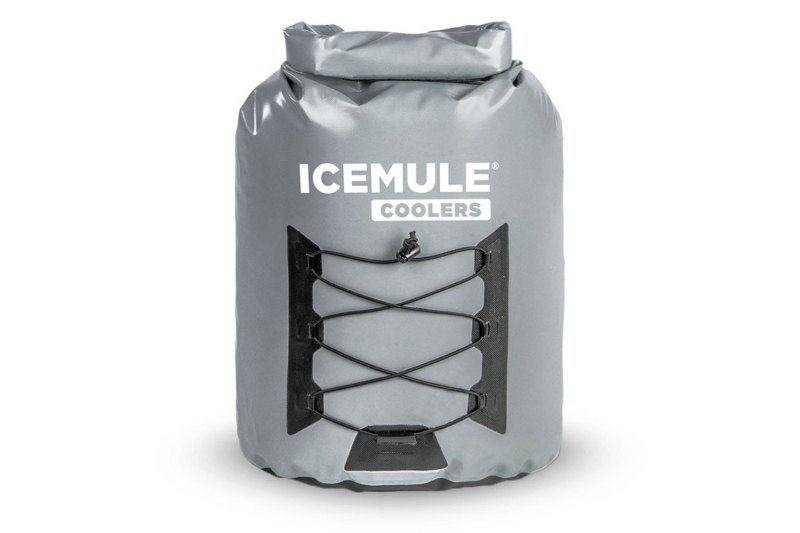
For a day of paddling, a cooler in the 15-30 liter range is going to provide enough room for lunch and a few
Best Cooler for a Day at the Beach
Yeti Tundra Haul
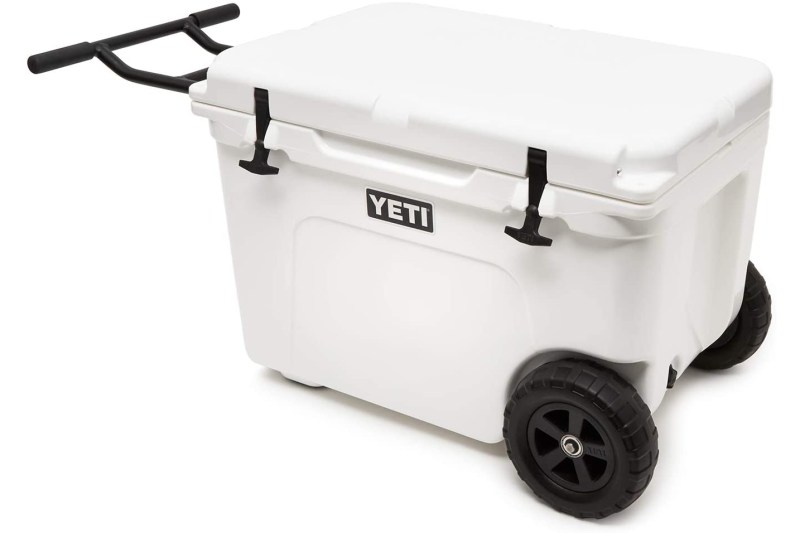
A whole day the beach brings us into the serious cooler arena. I’m talkin’ 45-55 liters of cooler space, enough room for all the
Read More: Best Coolers Like Yeti
Best Cooler for a Weekend Camping Trip
Canyon Outfitter 55
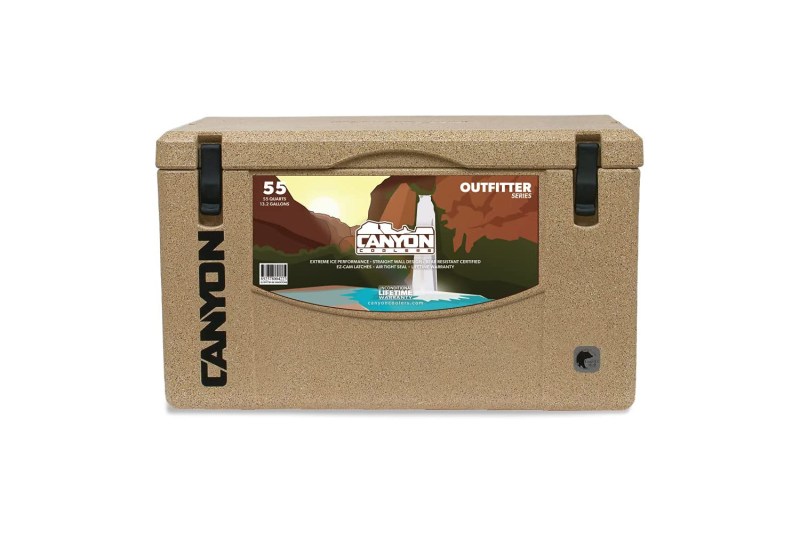
The Outfitter is built for two people on a 4-5 day adventure. That said, it will keep ice frozen for up to a week. Its 55-liter capacity is a great size for a weekend trip, though, with enough space for you and any friends who decide to come along. Super durable, customizable with baskets to keep things dry, and easy enough to carry by just one person.
Read More: Best Coolers for Camping
Best Cooler for the Whole Family
Yeti Tundra 65
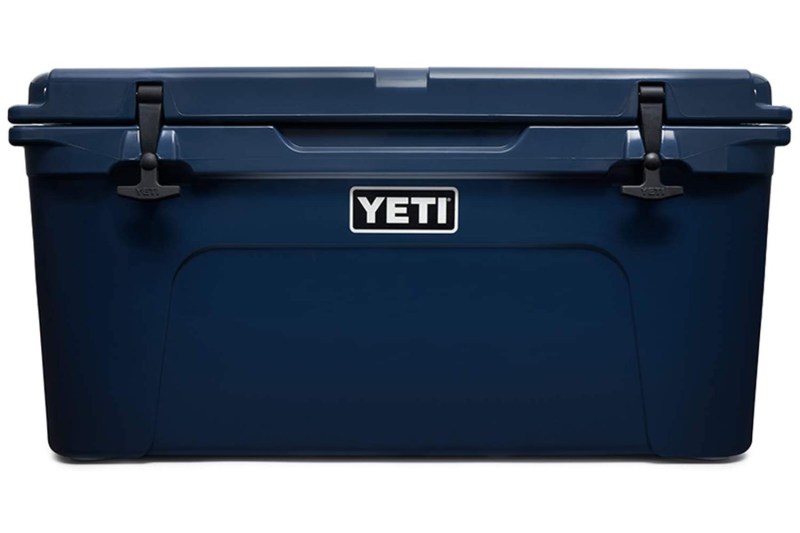
For large groups and family trips you’re going to want a cooler in the 55-70 liter range. The Tundra is just one example. Most companies make a cooler in this size. What I love about the Yeti Tundra is its incredible durability, its ability to keep things cool, and all of the thoughtful extras built into its design. It has two holes for padlocks and is bear safe, with molded tie-down slots that still allow you to access its contents, and rubber grips to prevent this cooler from sliding around your boat or truck. Bring everything you need and feel confident it will stay cool with the Yeti Tundra 65.


